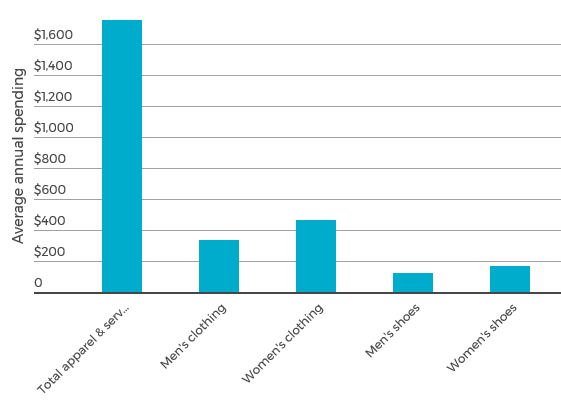Top 10 Money Tips Every College Student Should Know
As college students head to campus this fall, money management should be on their personal syllabus. It’s important for college students to take control of their financial future by saving wherever and whenever they can. They should treat personal finance like a required college course and avoid unnecessary expenses now to reduce financial burden when they graduate.
Top 10 Money Tips Every College Student Should Know
By Bruce Whitehurst, President & CEO, Virginia Bankers Association
As college students head to campus this fall, money management should be on their personal syllabus. It’s important for college students to take control of their financial future by saving wherever and whenever they can. They should treat personal finance like a required college course and avoid unnecessary expenses now to reduce financial burden when they graduate. Students should consider the following tips to form a strong foundation for money management:
- Create a budget. You’re an adult now and are responsible for managing your own finances. The first step is to create a realistic budget or plan and stick to it.
- Watch spending. Keep receipts and track spending through a personal financial management app or through Excel or a similar program. Pace spending and increase saving by cutting unnecessary expenses like eating out or shopping so that your money can last throughout the semester.
- Use credit wisely. Understand the responsibilities and benefits of credit. How you handle your credit in college could affect you well after graduation. It is important to start using credit now so that when you apply for a car loan, a personal loan, or a mortgage, you will have a credit history, which will help your credit score. Shop around for a credit card that best suits your needs.
- Take advantage of your bank’s resources. Most banks offer online, mobile and text banking tools to manage your account night and day. Use these tools to check balances, pay bills, deposit checks and monitor transaction history.
- Look out for money. There’s a lot of money available for students – you just have to look for it. Apply for scholarships and look for student discounts or other deals.
- Buy used. Consider buying used books or ordering them online. Buying books can become expensive and often used books are in just as good of shape as new ones.
- Entertain on a budget. Limit your “hanging out” fund. There are lots of fun activities to keep you busy in college and many are free for students. Get the most from your student ID. Use your meal plan or cook meals with friends instead of eating out.
- Avoid ATM fees when possible. Use your bank’s ATM when possible and be aware of fees when using other ATMs. If you must use an ATM that charges a fee, take out larger withdrawals to avoid having to go back multiple times.
- Expect the unexpected. Things happen, and it’s important that you are financially prepared when your car or computer breaks down or you have to buy an unexpected bus or plane ticket home. You should start putting some money away immediately, no matter how small the amount.
- Ask. This is a learning experience, so if you need help, ask. Your parents or your bank are a good place to start, and remember – the sooner the better.
About the Virginia Bankers Association
Established in 1893, the Virginia Bankers Association is the unified voice for commercial and savings banks in Virginia. The VBA maintains an active legislative advocacy program, provides training to bankers statewide, and provides a variety of products and services to help its member banks best serve their communities.
About the Author
Following a 10-year career in retail and commercial banking with Jefferson National Bank (now Wells Fargo), Bruce Whitehurst joined the Virginia Bankers Association in 1993. He has served as president and chief executive officer of the association since 2007 and was previously executive vice president. Bruce is passionate about financial literacy and works directly with the VBA Education Foundation, whose mission is to improve personal financial literacy and economic education in all public and private schools in the Commonwealth. The Foundation recognizes the importance of economic education and financial literacy in Virginia and supports the banking industry as a key participant in these areas.


 Best Money Apps for Kids
Best Money Apps for Kids




















